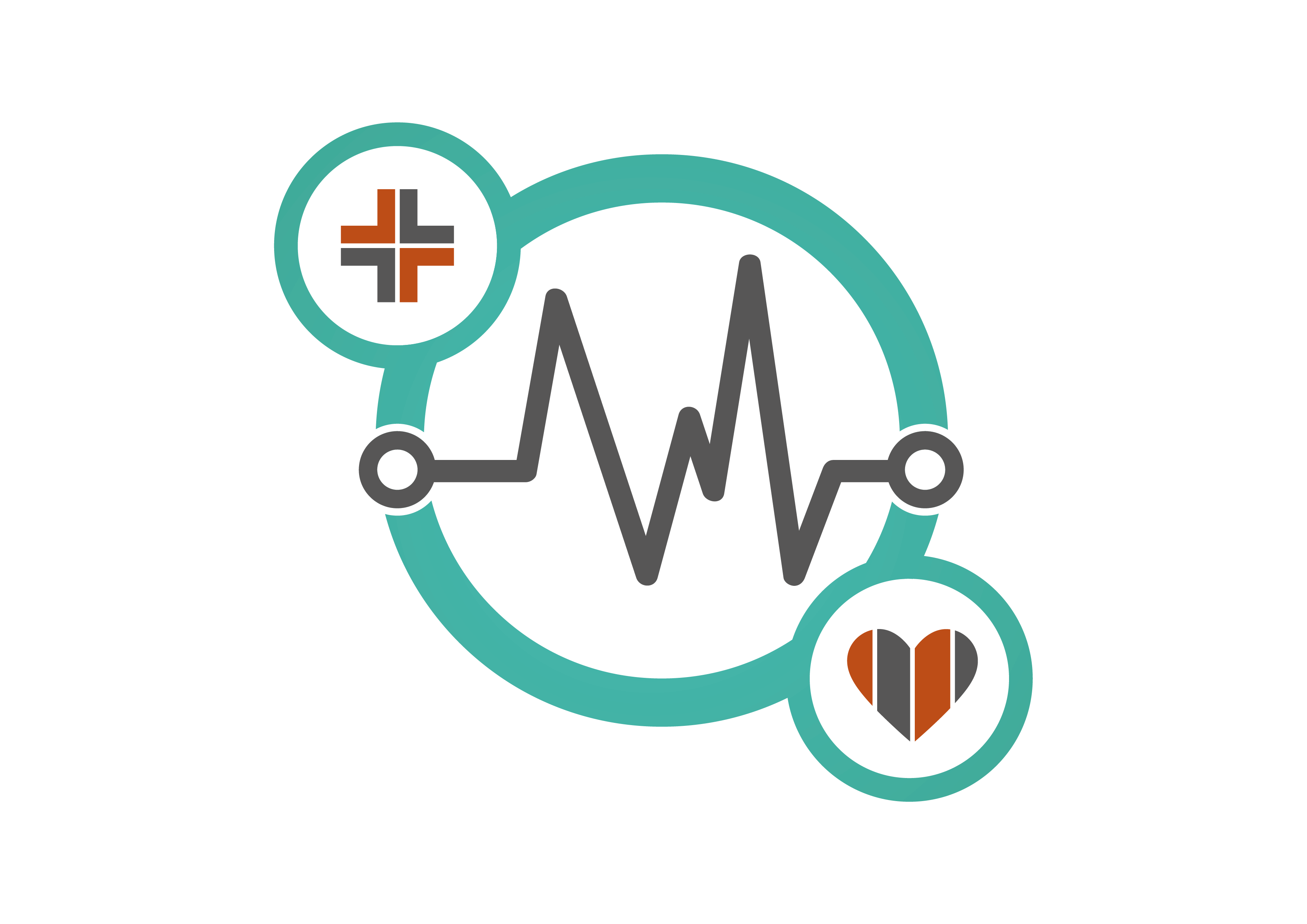The Government’s mandate for the NHS to barcode high-risk medical devices is an incredibly positive step. Implementing barcode technology throughout NHS workflows and efficiently and accurately sending data to the national mandatory Medical Device Outcome Registry (MDOR) is pivotal in enabling a sustainable NHS for the future, Simon Hemingway, Healthcare Director at The Barcode Warehouse explains.
With the Scan4Safety initiative that already kick-started in 2016, there are some great examples and blueprints of the positive impacts adopting this kind of technology can deliver positive outcomes on patient safety, efficiency, cost saving, patient and staff satisfaction and overall improved workflows.
What does the mandate mean in practice?
It’s important to look at what the mandate consists of and what will be required of trusts. In a move which focuses on digitalisation and long-term sustainability for the NHS, the UK government’s mandate specifically calls out that ‘all trusts should adopt barcode scanning of high-risk medical devices’ by March 2024.
What are the challenges and how do trusts overcome these?
Whilst this first initiative proved to be successful, there are still issues which will arise when looking at implementing a blanket mandate for all trusts across England. Not all trusts are at the same level, whether financially, physically or in relation to where they are on their digital journey, despite the release of funding by NHSX. With many across England participating in the NHS’ ‘Recovery Support Programme’ which helps hospitals facing significant problems with the quality of the care they provide as well as financial issues, it is clear there are other basic priorities for many which don’t focus on digitalisation. When trusts and their needs are so different across the country, it is difficult to apply one blanket mandate to suit all.
What will a barcoded NHS look like?
The implementation of barcode scanning within the healthcare industry will work in tandem with the likes of the Medical Device Outcome Registry platform (MDOR) when it comes to high-risk procedures. By capturing data on over two million medical device procedures and over 10 million unique devices used on patients each year across the NHS, it will mean that there is a greater understanding of patient safety in response to the Cumberlege review.
Going beyond point-of-care scanning
The next phase of the SCAN4SAFETY initiative will provide NHS trusts with the next real game changer in health tech management – the implementation of real-time location system (RTLS) technologies, such as radio-frequency identification (RFID). This will enable employees to track the precise location and movements of medical equipment and patients as they progress through different areas and stages of care. An effective RFID asset tracking system ensures frontline staff have real-time visibility of key equipment to ensure high-quality patient care.


